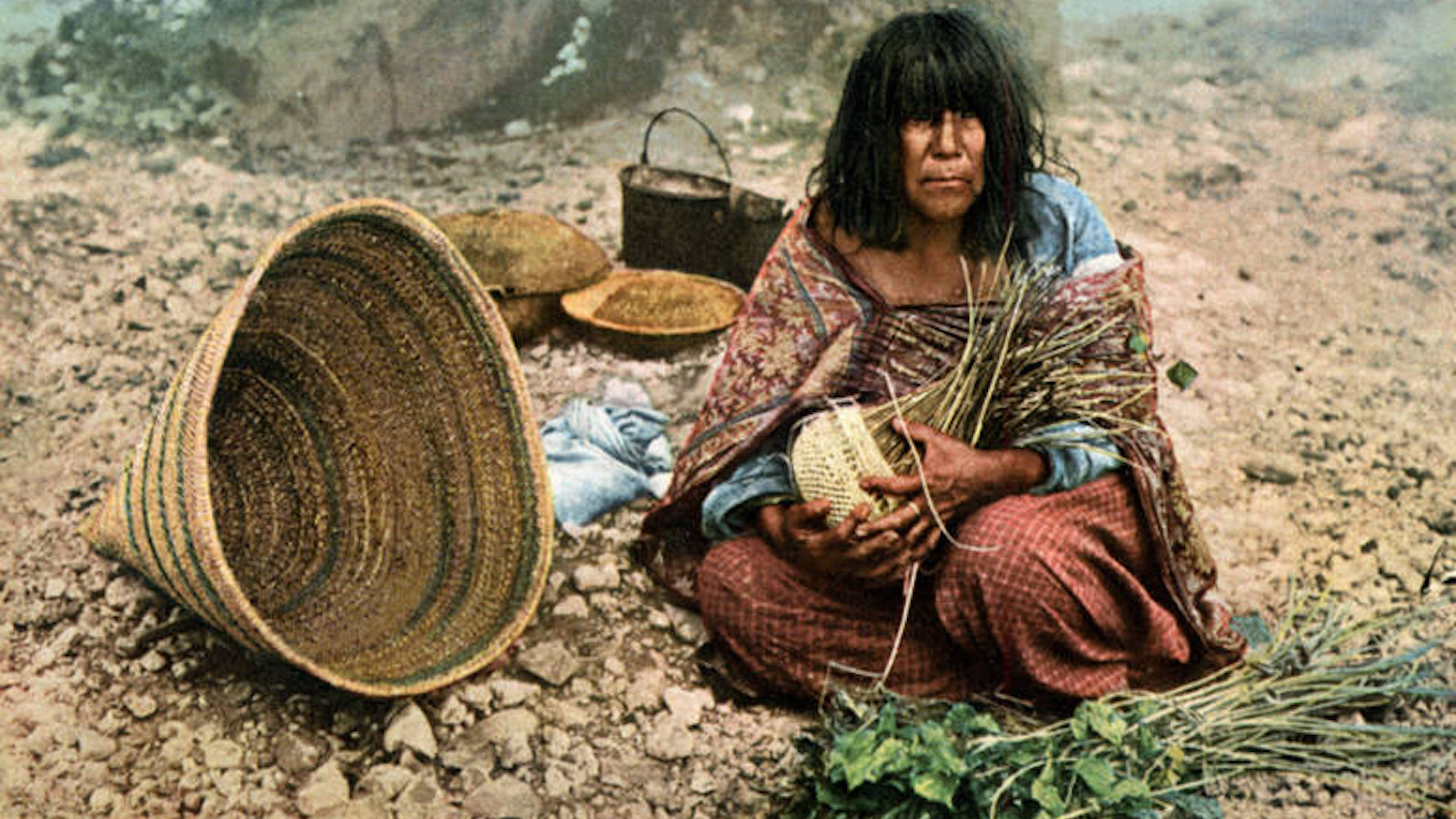In America’s Cities, the Rise of Hyperlocavores

You’ve probably heard of the trend among America’s city dwellers to grow their own food, but you probably haven’t heard of urbanites raising their own livestock. In a guest post today, Lindsay Flick considers the rise of hyperlocalvores. Flick is an undgraduate in this semester’s “Science, Environment and the Media” course — Matthew C. Nisbet.
In the not so distant past, the grocery store was practically the only location for urban dwellers to obtain fresh produce and meat. Billboards and commercials urged people to frequent these stores; they often pushed the newest trend in boxed, shelf-stable convenience food, leaving the fresh periphery of the store unadvertised. Almost inevitably, the American diet began shifting toward prepackaged and often less healthy foods and urbanites connection with nature decreased at alarming rates. Recently, however, there has been a push for city residents to get back in touch with their roots—by planting some roots of their own.
While mass marketing of unhealthy food still exists to target many urbanites, a grassroots movement of homegrown gardens and urban animal husbandry has been popping up throughout the country. These “hyperlocavores” aim to consume as much food as possible from their immediate surroundings. Many shop at farmers markets and participate in community supported agriculture programs, but some argue that this is not enough. By increasing their personal production of food, these hyperlocavores say that they are supporting their health and environment.
The History of Homegrown Gardens
Homegrown gardens are not just a recent phenomenon. In the height of World War II, many families—both rural and urban—began creating victory gardens. These gardens were planted on whatever spare piece of land that the family happened to have, encouraging self-sufficiency. This allowed all other agriculture to go towards supporting the troops and lessening the strain on American producers. While the situation today is not nearly as dire as WWII, the idea of victory gardens is resurfacing. Those behind the Modern Victory Garden website are encouraging modern Americans to build their own gardens in order to declare independence from corporate agribusiness and to take their health and nutrition back into their own hands.
Planting a garden large enough to feed a family is not always possible for those living in cities, where the average backyard is barely larger than a postage stamp. That is where Hyperlocavore comes in. This growing online community allows users to communicate with others in their neighborhood in order to share space for planting, seeds, tools, and food. Having one set of tools to share across multiple families frees up storage space, which for urbanites is already at a premium. Additionally, the community allows those who “got no dirt” to get involved with home gardening as well. Through the use of an informal communication network, more and more people are able to get involved in growing their own food.
The Rise in Urban Animal Husbandry
The second major trend in urban agriculture is raising animals. Chickens have often been cited as one way to get started with urban animal husbandry, at least in those areas where it is permitted. Having a few chickens in the backyard may sound crazy, but when properly maintained, the benefits far outweigh the perceived hassle. Each morning, owners of urban chickens are able to make farm fresh eggs, right from their own backyards. In addition to the obvious food benefits, these animals can almost become like pets and can play a huge part in teaching children about the proper care for wildlife.
Chickens are not the only animal being considered for the backyard these days. Pigs, rabbits, and goats are beginning to have their own time in the spotlight as well. Novella Carpenter, in an article in Time Magazine, discusses her experience with raising six goats in her small yard, sometimes even having them stay on her 2nd floor apartment balcony. The goats provide milk, which she also transforms into butter and cheese. She enjoys that the goats are with her for the long term and help her to keep her food costs down while connecting with the natural world in a way that not many ever get the chance to experience.
While planting a garden in your backyard may not sound like a huge step forward, in the minds of many hyperlocavores, it is just another example of the growing need and desire for healthier, localized food. To many urbanites, growing chickens in your backyard might sound like a crazy idea, but in twenty years, this might just be the norm. These growing communities, both face-to-face in the community and informally over the web, are allowing people to take back some of their freedoms and to experience the world from an entirely new direction.
— Guest post by Lindsay Flick, an undergraduate in the School of International Service at American University, Washington, D.C. This post is part of the course “Science, Environment, and the Media” taught by Professor Matthew Nisbet in the School of Communication at American. See also other posts on food policy by Winn and members of her project team.




